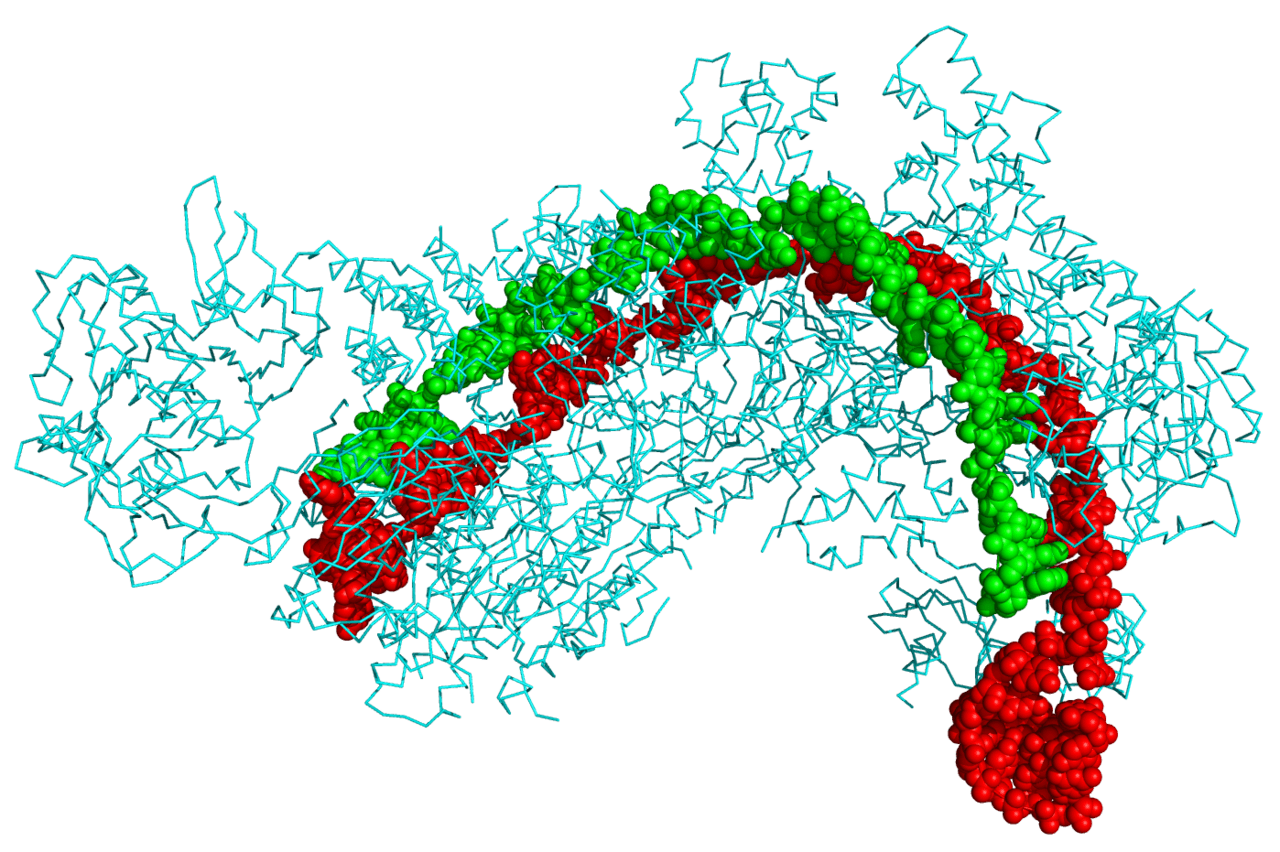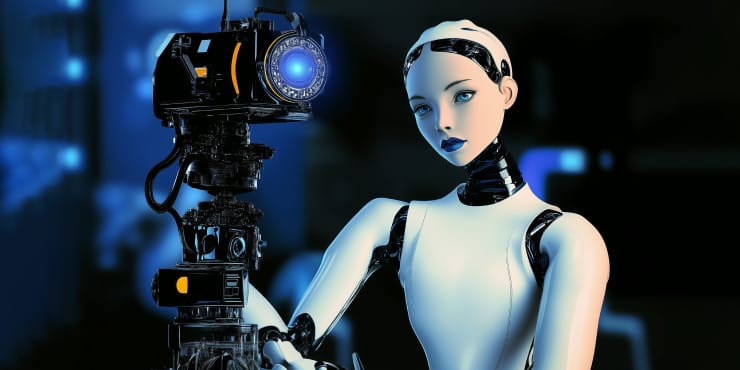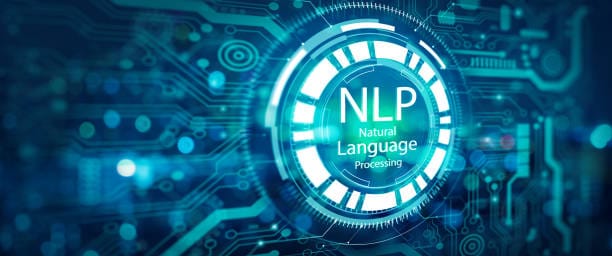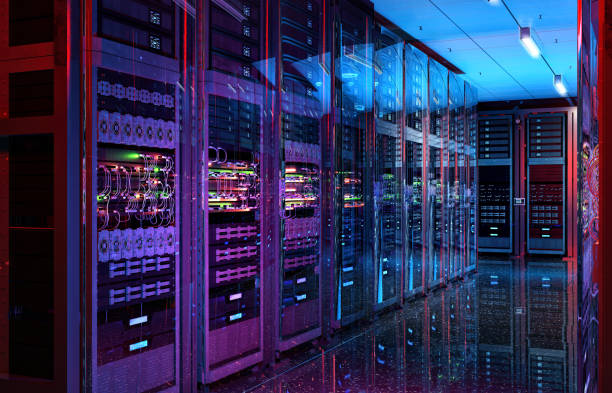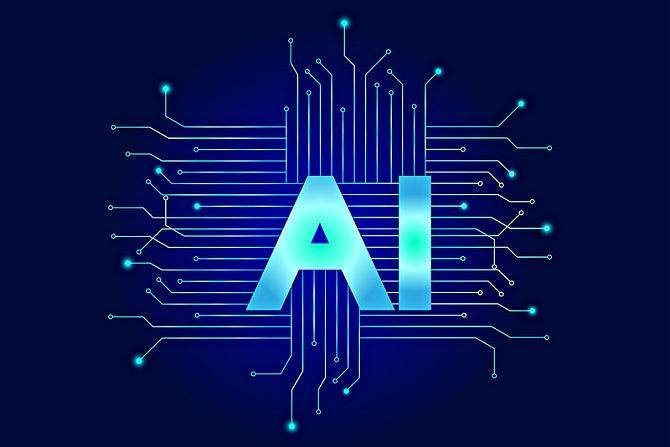The world of biotechnology is not merely about test tubes, white coats, and microscopes anymore. It has become something deeper—something revolutionary. It’s where biology merges with artificial intelligence, where genomes are edited like text, where diseases are cured at their genetic roots, and where life itself is redesigned.
We are witnessing a transformation as profound as the industrial revolution, but this time, the machines we are building are alive—or at least deeply entangled with the essence of life. From engineering cells to treat incurable diseases to growing organs in laboratories, biotechnology is reshaping medicine, agriculture, and even what it means to be human.
Let’s dive into five groundbreaking frontiers of biotechnology that are changing our future in real-time.
1. CRISPR and Gene Editing: Rewriting the Code of Life
Once upon a time, our DNA was destiny. What you inherited from your parents—whether disease or beauty, intelligence or susceptibility—was unchangeable, etched into the double helix that defined you. But that era is fading. Thanks to CRISPR, we now have a pair of molecular scissors that can cut, remove, and even rewrite our genetic scripts.
The Revolution of CRISPR
CRISPR-Cas9 is not just a tool—it’s a breakthrough. Originally discovered in bacteria as a defense mechanism against viruses, CRISPR is now the most precise gene-editing technology known to science. It allows scientists to target specific sequences in DNA and make surgical edits, like fixing a typo in a novel.
It’s simple, cheap, and incredibly powerful. That combination has set the scientific world on fire.
Researchers have already used CRISPR to correct genetic mutations in human embryos, eradicate HIV from infected cells in the lab, and create crops resistant to drought and disease. The first clinical trials for treating sickle cell anemia using CRISPR have already shown remarkable success, with patients reporting complete remission of symptoms.
Beyond Editing—Toward Gene Cures
Imagine a future where conditions like Huntington’s disease, cystic fibrosis, or certain cancers are not just treated—they’re cured at the genetic level. That’s the promise of gene therapy powered by CRISPR.
Companies like Editas Medicine, Intellia Therapeutics, and CRISPR Therapeutics are racing to bring gene editing from lab bench to hospital bed. A landmark moment came in 2020 when Victoria Gray, a woman with sickle cell disease, received CRISPR-modified cells. Her pain episodes vanished. Her life transformed.
Ethical Storms Ahead
But there’s another side to this coin. In 2018, a Chinese scientist, He Jiankui, announced the birth of the world’s first CRISPR-edited babies. The global reaction was outrage. Were we ready for designer humans? Where does healing end and enhancement begin?
CRISPR opens incredible doors—but it also asks questions that humanity has never had to answer before. As we learn to rewrite life’s code, we must also write the ethical rules that will guide its use.
2. mRNA Vaccines and the Rise of Synthetic Biology
When the COVID-19 pandemic struck, the world turned to science—and science answered faster than ever before. At the heart of this miraculous response was an obscure but powerful technology: mRNA.
What is mRNA?
mRNA (messenger RNA) is like a recipe card your body uses to make proteins. Instead of inserting a weakened virus, mRNA vaccines teach your cells to build a harmless piece of the virus’s spike protein. Your immune system then learns to recognize and destroy it.
This is not just clever. It’s revolutionary.
Both the Pfizer-BioNTech and Moderna vaccines use synthetic mRNA. Within months of the virus being sequenced, scientists had vaccine candidates in human trials—a speed previously thought impossible. The mRNA platform is flexible, fast, and scalable.
Beyond COVID-19
But this is only the beginning. mRNA technology is now being explored for:
- Cancer vaccines that train the immune system to attack tumors
- Universal flu vaccines
- HIV and malaria protection
- Autoimmune disease treatments
BioNTech is already developing personalized cancer therapies using a patient’s tumor RNA signature. Moderna is building an entire portfolio around mRNA, from cardiovascular drugs to rare diseases.
Synthetic Biology: Programming Cells Like Computers
mRNA technology is part of the larger field of synthetic biology—an area that treats biology as programmable. Scientists are designing custom DNA sequences and inserting them into cells to make them behave like tiny factories. Think E. coli that produces insulin. Or yeast that brews not beer, but biofuels.
In essence, biology is becoming engineering. We are not just studying life—we are building it.
3. Organoids and Lab-Grown Human Tissues
Imagine growing a miniature version of your own brain in a dish. Sounds like science fiction? It’s not. It’s science fact.
Welcome to the world of organoids—tiny, simplified organs grown from stem cells. They don’t think or feel, but they do mimic the structure and function of real organs. And they’re opening doors we never thought possible.
How Organoids Are Made
The process begins with induced pluripotent stem cells (iPSCs)—adult cells that have been reprogrammed to become embryonic-like. From there, scientists coax them into becoming specific cell types: neurons, kidney cells, liver cells.
By carefully controlling the environment, these cells self-organize into 3D structures—mini brains, kidneys, livers, intestines, even beating heart tissue.
The Future of Disease Modeling and Drug Testing
Organoids allow scientists to study human development and disease in real time, without relying on animals. They’ve been used to model:
- Alzheimer’s disease and Parkinson’s
- Zika virus effects on brain development
- Cystic fibrosis in lung tissue
- Liver toxicity from new drugs
Instead of guessing how a drug will affect you based on mouse models, we can now grow your own cells and test treatments directly. This is personalized medicine in action.
Toward Lab-Grown Organs
The holy grail is full organ replacement. While we’re not there yet, organoids are laying the groundwork. Scientists have already grown kidney tissue with filtering capabilities, retina tissue that responds to light, and heart organoids that beat in rhythm.
The dream? Ending transplant waiting lists forever. Imagine growing a new liver from your own cells, free from rejection. That future may be closer than we think.
4. Cell Therapies and Regenerative Medicine: Healing From Within
What if your own body could be its doctor? That’s the core idea behind cell therapy—using living cells to treat or even cure diseases. It’s not just about stopping symptoms. It’s about regenerating damaged tissue and restoring lost function.
CAR-T: A Cellular Strike Force Against Cancer
One of the most exciting breakthroughs is CAR-T cell therapy. It involves taking a patient’s own T cells (a type of immune cell), modifying them to recognize cancer, and re-infusing them into the body to destroy tumors.
For patients with leukemia or lymphoma who had no options left, CAR-T has led to astonishing remissions. It’s personalized warfare at the cellular level.
Stem Cells: The Architects of Regeneration
Stem cells are nature’s building blocks. Unlike regular cells, they can become any type of tissue. For years, scientists dreamed of using them to repair spinal cords, regrow cartilage, or replace neurons lost in stroke or Parkinson’s disease.
Today, those dreams are becoming reality.
Clinical trials are underway using stem cells to:
- Repair damaged heart tissue after a heart attack
- Treat macular degeneration (a major cause of blindness)
- Heal spinal cord injuries
In Japan, researchers have used iPSCs to restore movement in monkeys with paralysis. Human trials are beginning.
The Era of Bioprinting
Combining stem cells with 3D printing has created a new field: bioprinting. Scientists can now “print” tissues like skin, cartilage, and even blood vessels. The idea of printing a complete organ is not yet realized—but each layer brings us closer.
5. Microbiome Engineering: Reprogramming the Invisible World Within
Your body is not just you. It’s home to trillions of microbes—bacteria, fungi, viruses—that live in your gut, on your skin, and throughout your body. Collectively, they’re known as the microbiome, and they outnumber your own cells by ten to one.
For decades, we ignored them. Now we know they influence everything from digestion to mood, from obesity to cancer risk.
Gut Feeling: Microbes and Mental Health
Studies have shown that gut bacteria produce neurotransmitters like serotonin, dopamine, and GABA. Disruptions in the gut microbiome have been linked to anxiety, depression, and even autism spectrum disorders.
This has led to an explosion in psychobiotics—probiotics designed to enhance mental health. Clinical trials are exploring whether targeted microbiome interventions can treat depression, PTSD, and more.
Microbial Medicine
Fecal microbiota transplants (yes, literally transferring stool from healthy donors to sick patients) have cured cases of C. difficile, a dangerous intestinal infection, where antibiotics failed. Researchers are refining this approach into pill-based therapies.
Meanwhile, synthetic biology is enabling the design of custom microbes that can:
- Detect and destroy cancer cells
- Deliver drugs directly inside the gut
- Produce essential vitamins or anti-inflammatory compounds
The Next Frontier: Personalized Microbiomes
Just as every person has a unique fingerprint, we also have a unique microbial signature. Companies are now offering microbiome sequencing to tailor diets, supplements, and even medications based on your gut’s microbial profile.
This is personalized medicine on a microscopic scale—and it’s changing how we think about health, disease, and even identity.
Conclusion: The Promise and Responsibility of Building Life
Biotechnology is not just about science. It’s about humanity’s oldest dream—to understand life, to heal it, and perhaps even to remake it. We are entering an era where genetic diseases may disappear, where organs can be printed, where cancer is not fought with poison but with living cells.
But with great power comes even greater responsibility. As we unlock the code of life, we must also unlock the ethics that guide us. What do we change, and what do we preserve? Who decides? What is natural—and does it still matter?
Biotech gives us tools of godlike precision. Whether we build a healthier, fairer, more compassionate world—or a more divided and dangerous one—will depend not just on scientists, but on all of us.
We are not just decoding life anymore. We are writing its next chapter.
